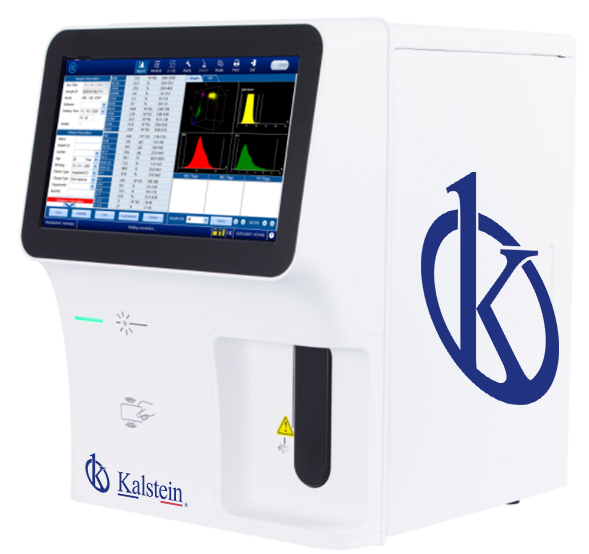The differences between these teams are mainly focused on their applications, being hematology analyzers devices used for tests involving complete blood counts or blood counts, providing a quantitative and qualitative analysis of blood elements; for biochemical analyzers are used to determine metabolites that are present in biological samples, they can be blood or urine.
The teams of hematology analyzers perform analyzes in biology laboratories and show results concerning red blood cells, white blood cells and platelets; while biochemical analyzers allow through the analysis of fluids: blood and urine, diagnosing many diseases; such as detecting any problems in the ability to filter the kidneys by measuring creatinine in the urine.
Handling of reagents used in hematology and biochemistry analyzers
In the case of hematology analyzers the choice of reagents will depend on whether the analyser is closed or open, since the first does not accept any reagents but those of the same brand of equipment, also depends on the type of application that the analyser has, for example, if diagnostic or clinical tests were carried out, these requirements for the choice of reagents, the effectiveness of the hematology analyser will be guaranteed, which in addition to the reagents must have calibrators, control solutions, diluents and dyes.
When we are going to work with a clinical biochemistry or biochemistry analyser, we must take into account whether we will use a semi-automatic or automatic analyser, since both have different structures and that will depend on the management of reagents, this will cause an effect on the placement of the sample and the diagnosis or medical specialty that uses it; we found two systems one with random access mode that is more flexible with the sample and saves time, and a barcode system allows the device to manage tests completely, efficiently and reliably.
Contributions of a hematology analyser and a biochemistry analyser
Hematology analyzers have the ability to differentiate leukocytes, in addition they can perform a PCR (C-reactive protein) analysis which means it can detect inflammation risks, in KALSTEIN, this equipment offers you an easy-to-use screen, a thermosensitive printer, fully automatic system for sample management, a staining system and preparation of slides, for cases where the test result requires a smear; among other options you can see here HERE
For biochemistry analyzers, it facilitates the analysis of a wide range of medical areas and specialties such as immunology, endocrinology, toxicology or oncology, these KALSTEIN YR series equipment, have features that offer the user a fully automatic equipment, able to optimize the workflow, liquid level detection, remaining detection, collision protection, 42 sample positions, 25 reagent positions, 120 reaction positions, thus eliminates the need to manipulate samples between modules, among many other aspects you can get at HERE

